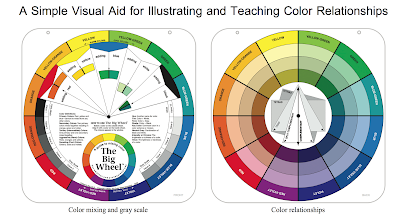Numbers, Ratios and Geometry: Plato and Pythagoras
Much literature exists about how Plato and Pythagoras approached numbers and measurements as can be seen in my post of references. But I will use as my reference here the book written in the 1970's by Morris Kline, a friend of mine from my graduate school years. I used his definitive textbook, Mathematical Thought from Ancient to Modern Times* for a required course that I taught at NYU: "Practical, scientific, philosophical, and artistic problems have caused men to investigate mathematics. But there is one other motive which is as strong as any of these — the search for beauty. Mathematics is an art, and as such affords the pleasures which all the arts afford."
A newer version exists: Mathematics for the Non-mathematician.
Another book by Kline: Mathematics of Certainty. He considered Pythagoreans 'superficial' but they did develop two very important doctrines (pg 15):
- Nature is built according to mathematical principles.
- Number relations underly, unify and reveal the order in nature.
We've covered number concept as if we were a child or an ancient without any of the current means of measurement. Now let's assume we have paper, pencil, rulers and triangles to help with our measurements. And scissors to help cut rectangular pieces of paper cut into sizes matching our popular panels used by artists. These will be useful in understanding any discussion of Dynamic Symmetry or the Harmonic Armature - or even in any discussion or research into the different art movements over the years that have sought to discover underlying mathematical designs that promote beauty.
Example:
Take panels with the proportions 6x8, 9x12, 12x16, and 18x24. Stack them up so that one corner is on top fof the other. Visually, they are clearly of the same proporitions. Geometrically one can draw diagonals from the fixed corner to the other for each recangle and see that they line up with each other; The ratios of the sides are all the same. 3 to 4 or 3/4 as a fraction or 0.75 as a decimal. Using fractions we can reduce each of the proportions to get this; eg, 9x12 can be represented as 9/12 or dividing top and bottom by one number, 3, we get 9/3 divided by 12/3 or 3 divided by 4 or 3/4. 3/4 is 0.75 or 75% of 1. Do this for eadch of the other proportions. For example: 6x8. Here we divide top and bottom by 2 to get 3x4.
Thumbnail Proportion: So a good thumbnail proportion might be 3 inches by 4 inches if painting on a 9x12 panel. We could divide further and suggest that a good thumbnail proportion might be 1.5 by 2 inches.
So any panel or canvas with the same proportions of the 9x12 panel have to have the ratio 3/4. Or in fact if we want a panel of a certain height, 60 inches for example. Then the width should be 3/4 or 75% of 60. 3/4 of 60 is 45 inches since 60 divided by 4 is 15 and 3x15 if 45 (or 3 x 60 is 180 divided by 4 is 45). Using a calculator you could multiply 60 by the equivalent of the percentage 75%, the decimal 0.75 to get 45.
Exercises.
1. Show 18x24 is the same proportion as 9x12. Use geometry or percentages.
2. Find the Largest Standard Panel of the same proportion: What would be the highest canvas you would want to use? If we know we want a 40 inch tall panel then calculate the corresponding width.
3. Construct a table of popular panel sizes with their proportions and decimal percentage equivalent. This will help with the understanding of later concepts of the dynamic symmetry grid.


